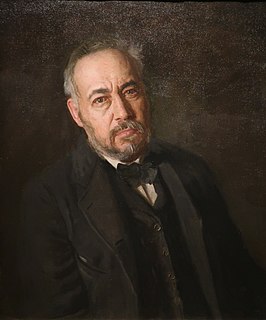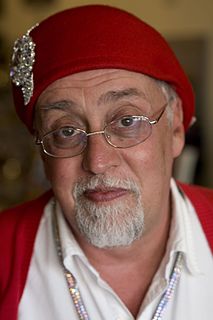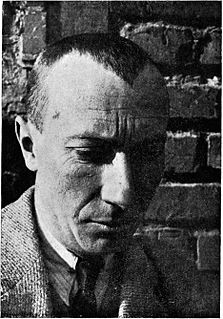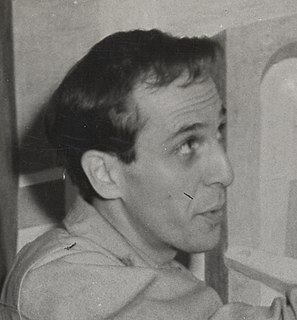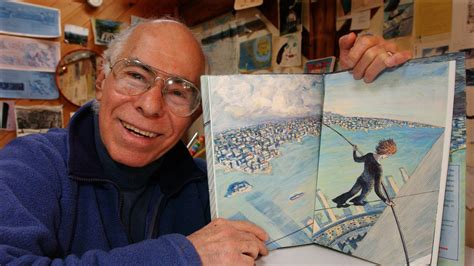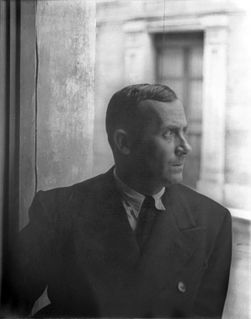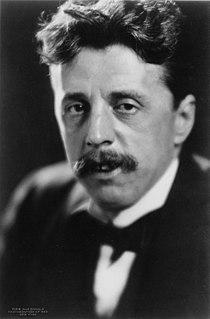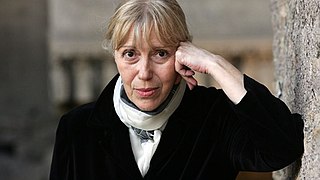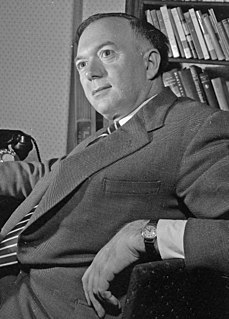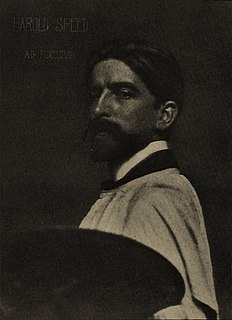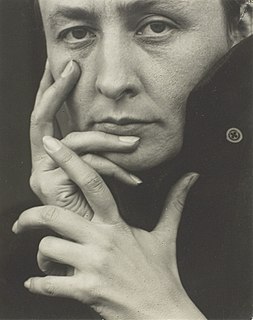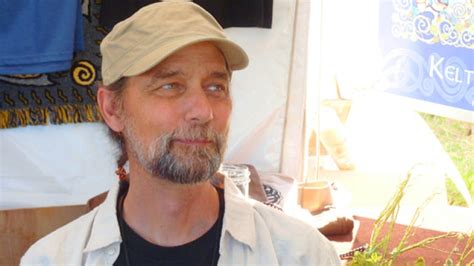A Quote by Thomas Eakins
When you first commence painting everything is a muddle. Even the commonest colors seem to have the devil in them.
Related Quotes
In 1915 Sophie Tauber and I carried out our first works in the simplest forms, using painting, embroidery and pasted paper (without using oil colors to avoid any reference with usual painting). These were probably the first manifestations of their kind, pictures that were their own reality, without meaning or cerebral intention. We rejected everything in the nature of a copy or a description, in order to give free flow to what was elemental and spontaneous.
Every scene, even the commonest, is wonderful, if only one can detach oneself, casting off all memory of use and custom, and behold it (as it were) for the first time; in its right, authentic colors; without making comparisons. Cherish and burnish this faculty of seeing crudely, simply, artlessly, ignorantly; of seeing like a baby or a lunatic, who lives each moment by itself and tarnishes by the present no remembrance of the past.
The British are proud of their ability to create a muddle and then muddle through all difficulties. I must shake the British pride: muddle is not an exclusively British institution. Read descriptions, for instance, of the over-organized, wonderfully systematic and "thorough" German war machine during the last war.
Whereas formerly, before the advent of machinery, the commonest article you could pick up had a life and warmth which gave it individual interest, now everything is turned out to such a perfection of deadness that one is driven to pick up and collect, in sheer desperation, the commonest rubbish still surviving from the earlier periods.
Personally I would like to have pupils, a studio, pass on my love to them, work with them, without teaching them anything.. ..A convent, a monastery, a phalanstery of painting where one could train together.. ..but no programme, no instruction in painting.. ..drawing is still alright, it doesn't count, but painting - the way to learn is to look at the masters, above all at nature, and to watch other people painting.
People want to know those details. They think it gives them greater insight into a piece of art, but when they approach a painting in such a manner, they are belittling both the artist’s work and their own ability to experience it. Each painting I do says everything I want to say on its subject and in terms of that painting, and not all the trivia in the world concerning my private life will give the viewer more insight into it than what hangs there before their eyes. Frankly, as far as I’m concerned, even titling a work is an unnecessary concession.
